
The Highwayman by Alfred Noyes Poem Analysis
The Highwayman. Alfred Noyes 1907. Author Biography. Poem Text. Poem Summary. Themes. Style. Historical Context. Critical Overview. Criticism. Sources. For Further Study. According to his own report, Alfred Noyes wrote "The Highwayman" over a two-day period in 1904 when he was 24 years old.
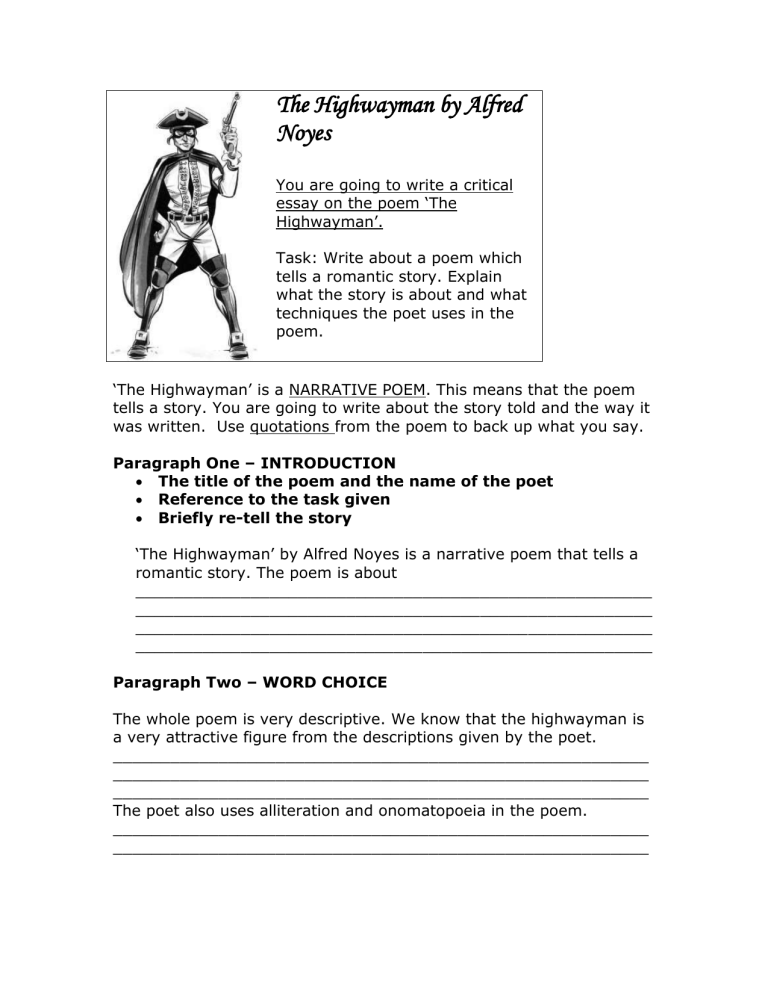
The Highwayman by Alfred Noyes
"The Highwayman" is an interesting narrative poem written by Alfred Noyes. It was first published in the Scottish "Backwoods's Magazine" of August 1906 edition. In the following year, it was published in the Alfred Noyes' collection captioned "Forty Singing Seamen and Other Poems". The structure The poem is written in 2 parts.
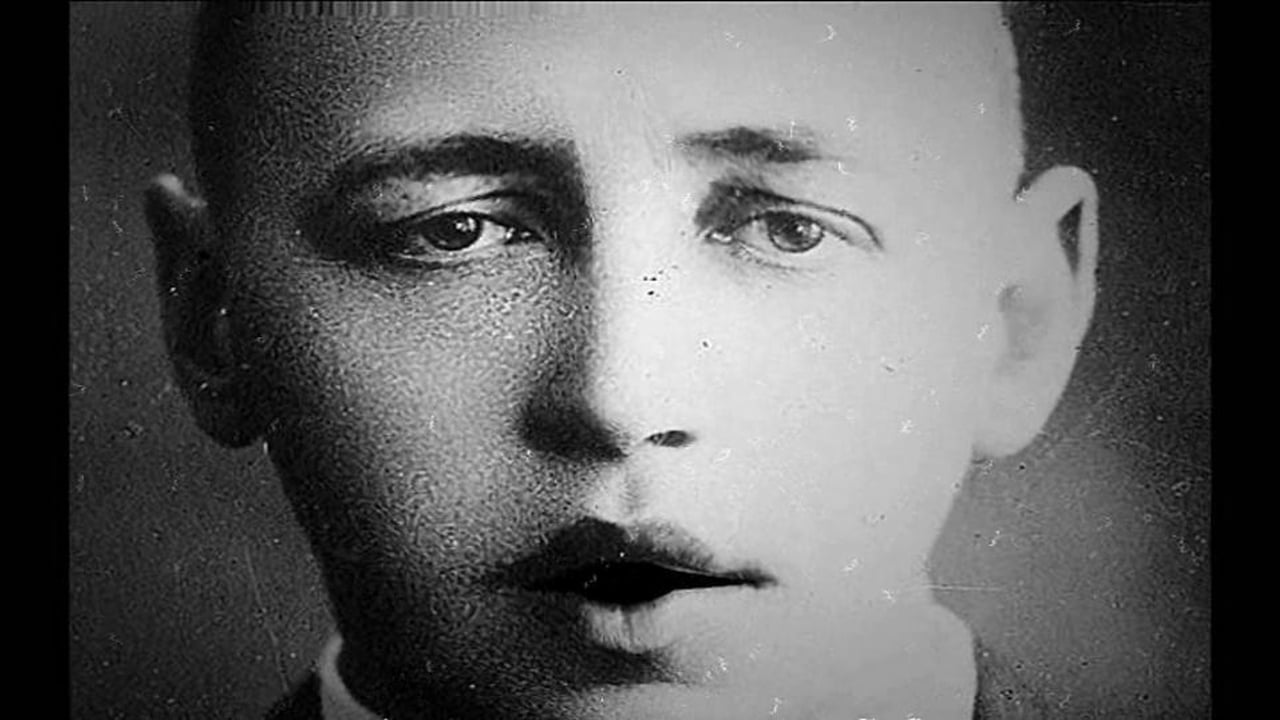
The Highwayman Summary
The Highwayman Summary & Analysis The Highwayman by Alfred Noyes is a narrative poem that tells the story of a doomed love between a highwayman, or robber, and Bess, the daughter of an innkeeper. The poem is set in rural England in the 18th century, and it is told in a ballad form, with a regular rhythm and rhyme scheme.
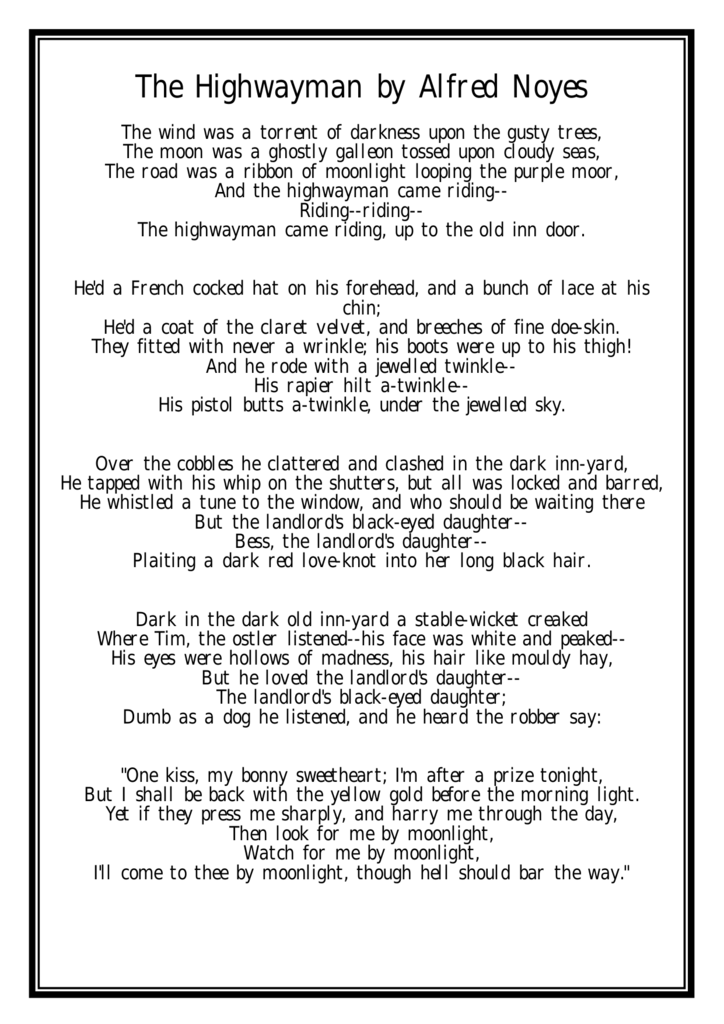
😀 The highwayman poem by alfred noyes. The Highwayman by Alfred Noyes. 20190301
"The Highwayman" is a romantic ballad and narrative poem written by Alfred Noyes, first published in the August 1906 issue of Blackwood's Magazine, based in Edinburgh, Scotland.The following year it was included in Noyes' collection, Forty Singing Seamen and Other Poems, becoming an immediate success.In 1995 it was voted 15th in the BBC's poll for "The Nation's Favourite Poems".
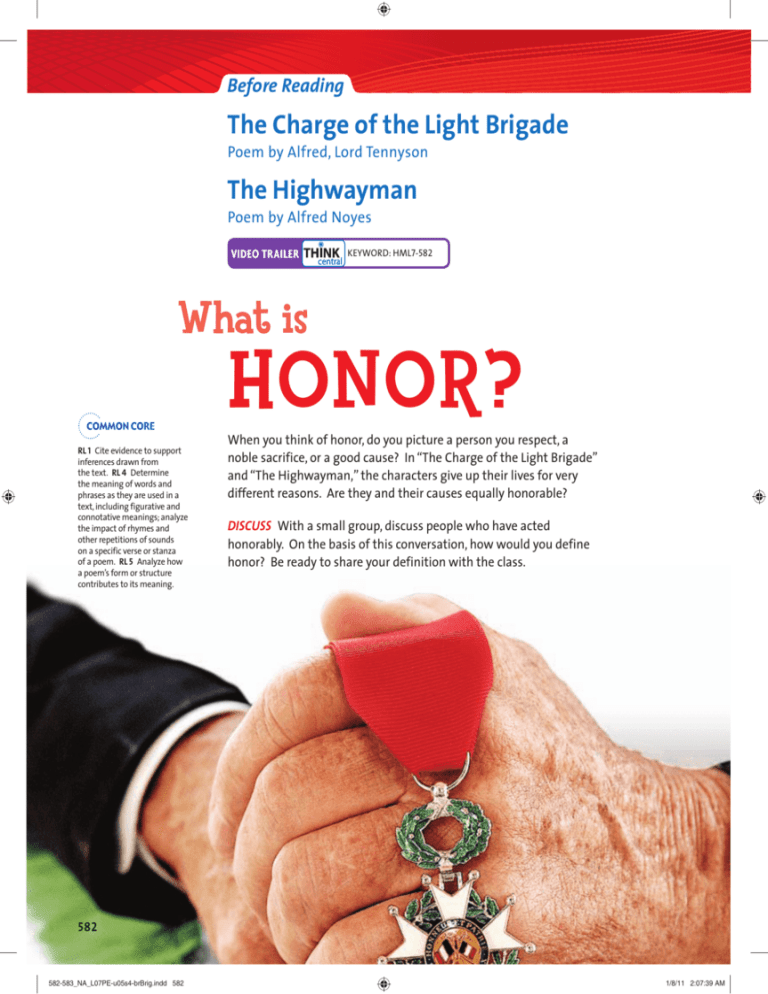
"The Highwayman" by Alfred Noyes Electronic Text
The Highwayman Introduction. Even though it was written at the beginning of the twentieth century, "The Highwayman" looks backward more than forward. It isn't trying to be a poem for the dawn of a new century. Alfred Noyes doesn't experiment with new styles or tackle new subjects. Instead, he works with the forms and the themes that had been.

The Highwayman Poem Analysis “The Highwayman” Is 1906 Poem Written by “Alfred Noyes” That
When the moon is a ghostly galleon tossed upon cloudy seas, When the road is a ribbon of moonlight over the purple moor, A highwayman comes riding—. Riding—riding—. A highwayman comes riding, up to the old inn-door. Over the cobbles he clatters and clangs in the dark inn-yard; He taps with his whip on the shutters, but all is locked and.

Noyes highwayman analysis essay
The road was a ribbon of moonlight over the purple moor, And the highwayman came riding— Riding—riding— The highwayman came riding, up to the old inn-door. The wind, moon, and road are introduced in "The Highwayman"'s opening line. Noyes describes what each of them is like using metaphors.

😀 The highwayman poem by alfred noyes. The Highwayman by Alfred Noyes. 20190301
The wind was a torrent of darkness among the gusty trees, A. The moon was a ghostly galleon tossed upon cloudy seas, A. The road was a ribbon of moonlight over the purple moor, B. And the highwayman came riding -- C. Riding-- riding -- C. The highwayman came riding, up to the old inn- door. B.
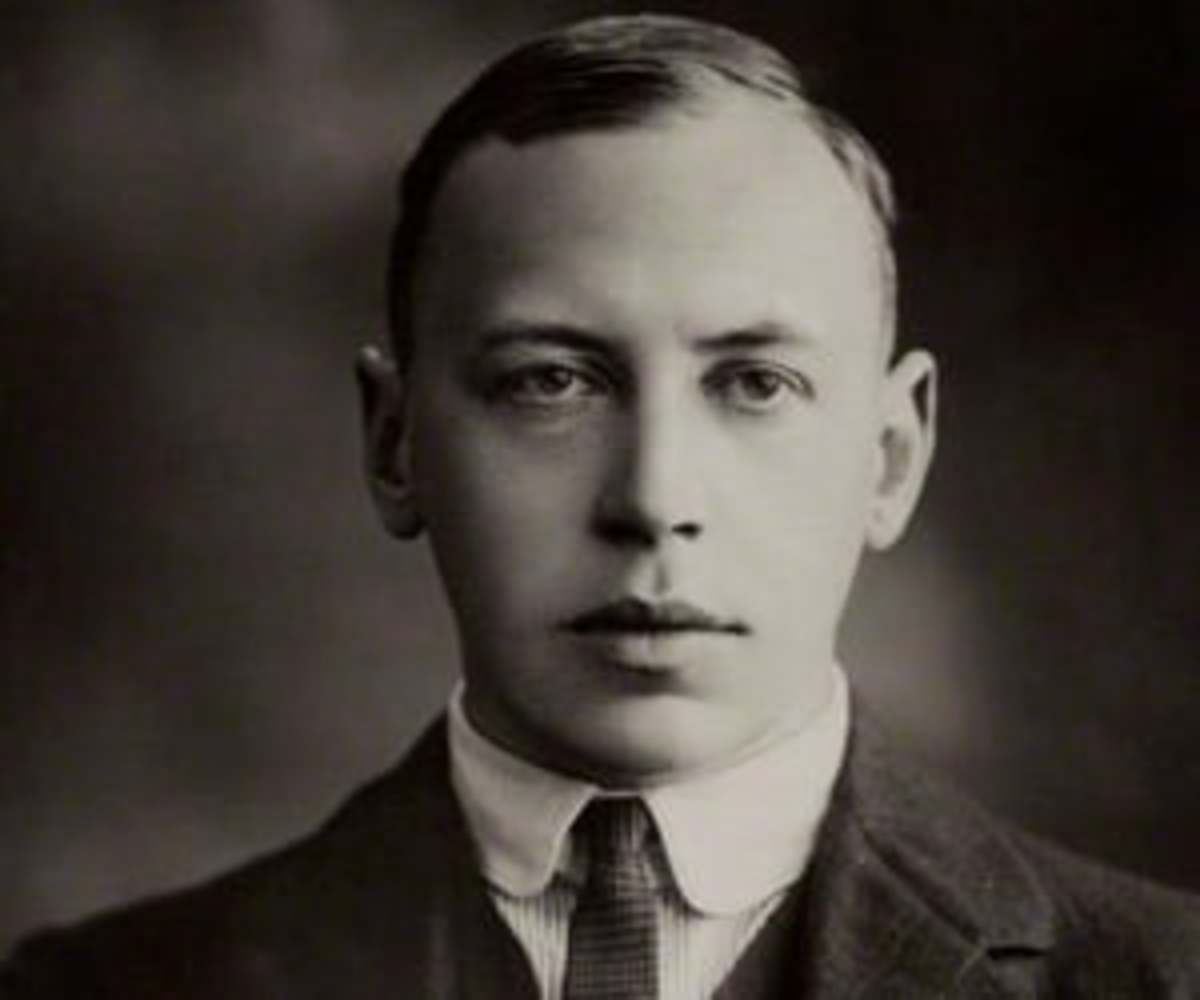
Poem Analysis 'The Highwayman' by Alfred Noyes Owlcation
Part One. ''The Highwayman'' is a narrative poem about a highwayman or person who robs people on the highway and the woman he loves. The poem begins as Noyes establishes the scene with dark and.

🎬"The Highwayman" by Alfred Noyes, read by Mattie Overall YouTube
Popularity of "The Highwayman": This narrative poem was written by Alfred Noyes, a great English poet and playwright. 'The Highwayman' is also known as one of the famous lyrical poems on account of its themes of love and sacrifice. It was first published in August 1906. The poem comprises the infinite love of the highwayman and his beloved.It also illustrates how one can easily embrace.

PPT “The Highwayman” Alfred Noyes PowerPoint Presentation, free download ID1942896
THE wind was a torrent of darkness among the gusty trees, a. The moon was a ghostly galleon tossed upon cloudy seas, a. The road was a ribbon of moonlight over the purple moor, b. And the highwayman came riding — c. Riding— riding — c. The highwayman came riding, up to the old inn- door. d. He'd a French cocked-hat on his forehead, a.

Alfred noyes THE HIGHWAYMAN
Alfred Noyes and a Summary of 'The Highwayman'. 'The Highwayman' is a lyrical ballad of 17 stanzas with a rhyming narrative, swift-moving rhythms and full romantic imagery. Despite the traditional Edwardian style, it's a popular poem still, loved by children and adults alike. The setting is 18th-century England in the time of King George III.

🎉 The highwayman analysis stanza by stanza. The Highwayman. 20190120
The wind was a torrent of darkness among the gusty trees. The moon was a ghostly galleon tossed upon cloudy seas. The road was a ribbon of moonlight over the purple moor, And the highwayman came riding—. Riding—riding—. The highwayman came riding, up to the old inn-door. He'd a French cocked-hat on his forehead, a bunch of lace at his.

The Highwayman by Alfred Noyes Poetry Unit Poetry analysis, Poetry unit, Narrative poetry
Noyes's early work—including "The Highwayman" and "Drake"—demonstrated the influence of 19th-century poets, like Alfred Tennyson and William Wordsworth, and established a romantic and simplistic style in Noyes's early years. He married American Garnett Daniels in 1907; after traveling with her in the United States, he accepted a.

Rambling Thoughts The Highwayman By Alfred Noyes Video by Loreena McKennitt
"The Highwayman" is 1906 poem written by "Alfred Noyes" that addresses a social phenomenon, love. It is a romantic poem about a woman sacrificing her life for her criminal lover's safety. The narrator speaks to the reader in this poem and it's clear by the end that "The Highwayman" is a ghost story.

21 best images about English The highwayman on Pinterest Key stage 3, Student and Loreena
By Alfred Noyes. P ART O NE. The wind was a torrent of darkness among the gusty trees. The moon was a ghostly galleon tossed upon cloudy seas. The road was a ribbon of moonlight over the purple moor, And the highwayman came riding—. Riding—riding—. The highwayman came riding, up to the old inn-door.